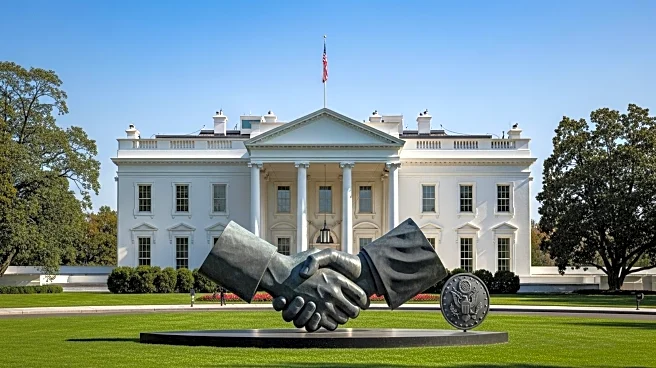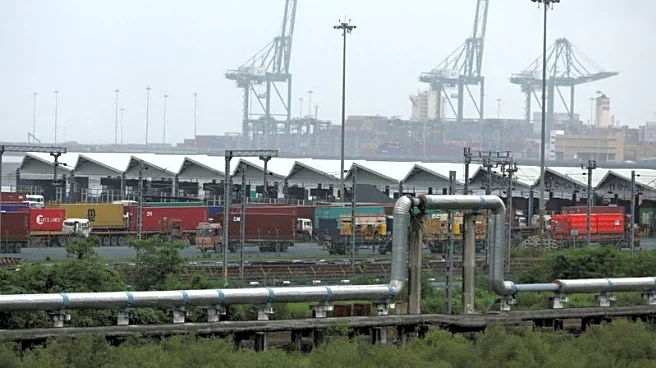What's Happening?
External Affairs Minister S Jaishankar emphasized the importance of a global workforce during an event organized by the Observer Research Foundation alongside the UN General Assembly in New York. His remarks come amid ongoing trade and tariff tensions, as well as President Trump's immigration policies, including a new USD 100,000 fee on H-1B visas. This fee primarily impacts Indian professionals, who constitute the majority of H-1B visa recipients. Jaishankar highlighted that many countries cannot meet their labor demands solely from domestic populations, underscoring the necessity of a global workforce.
Why It's Important?
The H-1B visa program is crucial for Indian tech workers in the U.S., with Indians receiving about 71-72% of these visas. The new USD 100,000 fee hike raises concerns about its impact on these professionals. The increased costs could make the H-1B visa program prohibitively expensive for both employees and employers. The White House justifies the fee hike by citing potential job losses among American workers. This development could significantly alter the landscape of the H-1B program, affecting American companies and foreign professionals seeking employment in the U.S.
What's Next?
The introduction of the USD 100,000 petition fee adds a new challenge for employers, who must now weigh filing costs against staffing needs. The fee, along with weighted selection criteria prioritizing higher-paid and highly skilled workers, is expected to change the H-1B landscape starting with the 2027 visa cycle. This will create a fundamentally different process for American companies and foreign professionals seeking employment in the United States.
Beyond the Headlines
The changes to the H-1B visa program could have broader implications for international diplomacy and workforce dynamics. The fee hike may strain U.S.-India relations, given the significant impact on Indian professionals. Additionally, the focus on higher-paid and highly skilled workers may shift the global talent pool, influencing how countries address labor shortages and workforce development.











